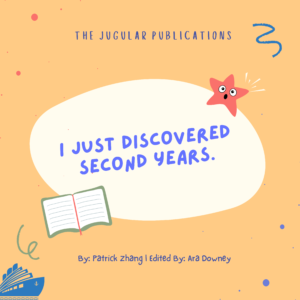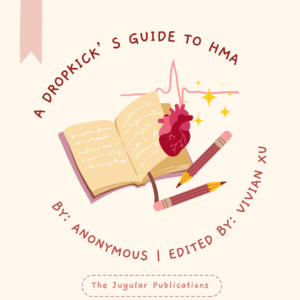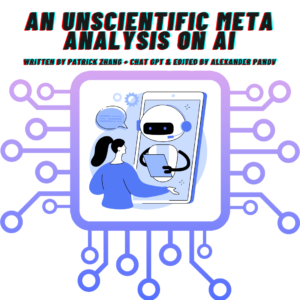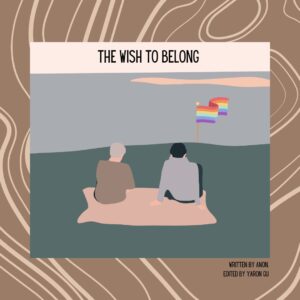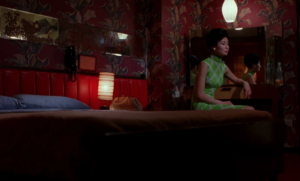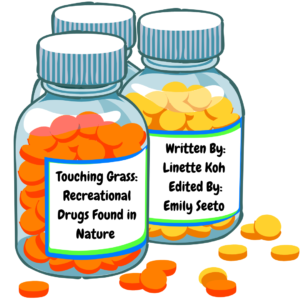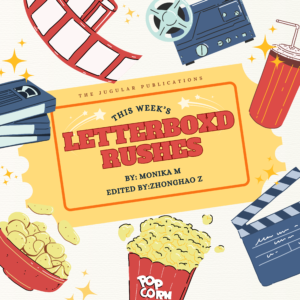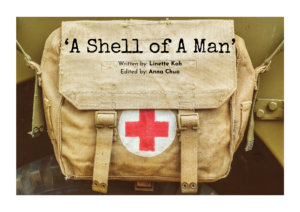
By Ivan Shen; Edited by Nipuni Hapangama
Endings to stories come in many different shapes or forms.
They can be very detailed in resolving every small plot point of a story, or they can seem sudden and open-ended. Some narratives hold your hand and walk with you along a very obvious yellow brick road, while a few suddenly let go and push you off a cliff with a plot twist. And of course, some endings embrace you with a warm hug of happily ever after, yet some endings stab you in the heart and continue to twist that cold, sharp knife deeper for weeks after.
So endings obviously come in many shapes or forms no matter what medium they come in, be it books, film or a television series. But rather than asking what is an ending, the harder question to ask would be: what is a good ending?
This question is difficult to answer because it is subjective. Some people might really like happy endings. Others prefer twists and turns for that extra dopamine rush. But I think what can be agreed upon by most people, is that endings are often what resonates most with people and is the one thing that many people remember about a story long after they’ve finished it.
Typical narrative structure includes an introduction, complication (or multiple complications) leading up to a climax and then a resolution followed by an ending. However, it is interesting to note that while it might seem that the complication is sandwiched in the middle of an introduction and resolution, often good stories do not fit the climax exactly halfway through its structure. In fact, based on 3-act structure, often the climax of a story is extremely close to the ending of a story, and this model is applicable not only to narrative fiction but even also to music where often you will hear a ‘climax’ of a song or piece when it is already 80-90% through.
Figure 1: 3-act structure
Note. Source: (Maio, 2019)
In fact, if we take the Harry Potter series as an example, while every single book of the series follows this 3-act structure, it is important to realise that even the entire 7-book collection as a whole follows this outline.
The first few books, despite having their own climaxes and complications, can largely be seen as exposition or world-building of all of the relevant characters in the universe such as introducing Tom Riddle in the Chamber of Secrets. In the midway point of the series in the Goblet of Fire, Harry confronts Voldemort’s full form for the first time, and past this moment in the narrative there is only rising action. J. K Rowling shifts the tone of the series past this point of the narrative, as comedic moments become more sparse than earlier entries, to build the tension before Harry’s inevitable final confrontation with Voldemort at the climax of the story.
It is important to end a story quickly after a climax has been reached. Harry Potter as a story concludes very shortly after Harry’s final fight against Voldemort. In doing so, the audience’s emotions invoked by the tension of a climax still linger, to deliver an impactful ending. Dragging out a resolution after a climax can be difficult to execute as those strong emotions are diluted with time.
Hence, even though you may miss your beloved characters from a really good story, it may be a mercy to have an immediate ending rather than describing every little detail of these characters lives after resolving a large complication, because it does not capitalise on the excitement and tension of its climax. But of course getting the perfect ratio of complication to resolution is a miracle in and of itself, which makes endings really difficult to plan or to execute.
However, the other thing which I personally like in an ending is a trajectory. While a happy or a sad ending tells us the main character’s current state at the end of the story, it sometimes may leave that character’s future completely open-ended, as if this character disappears beyond this timeline.
In fact, one time when J.R.R Tolkien was asked whether he had thought of an ending to Lord of the Rings he said ‘Books ought to have good endings. How would this do: and they all settled down and lived together happily ever after? Ah! And where will they live? That’s what I often wonder.’, which resonates with me as it showed Tolkien truly believed his characters were real people who existed before and after the narrative he wrote took place.
A trajectory might not be appropriate for all endings but when used meaningfully, it can completely define the overall tone of a story. A bleak ending which either hints at improvements or even further loss of hope for a character’s fate can be much more impactful than one which just describes such an ending without any indication if things get better or worse. By providing a trajectory, it adds an extra element of realism and convinces us that we have been granted a window into the lives of real people, rather than just fictional characters created for the purpose of the story.
But again, what people define as a ‘good ending’ varies for every individual, which makes it difficult to write the ‘right’ ending.
That is why when we do read a book or watch a film that does resolve itself beautifully, we should appreciate it and say “Wow, that was a good ending.”.
References:
(Maio, 2019). 3-act structure [Online image]. studiobinder https://www.studiobinder.com/blog/three-act-structure/






